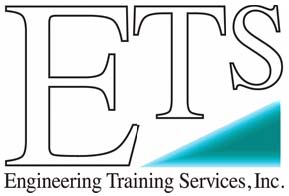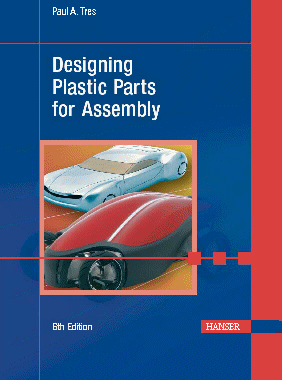Designing Plastics Parts for Assembly
|
Preface to 6th Edition Jeff Lubbers, PE, Mercedes-Benz U.S. International 2006, Tuscaloosa, AL
|
As a design engineer in the automotive industry, I have experienced firsthand how powerful a resource Paul Tres´ Designing Plastic Parts for Assembly can be. Not only does the text cover the general properties of most plastics; it also utilizes contemporary, real–world examples to illustrate how these properties impact product design. The book is an excellent reference for experienced engineers and, at the same time, it does a superb job of educating the novice designer. A noteworthy addition in the Sixth Edition is a new, cutting-edge materials section. The book´s early chapters start out by defining the differences between thermosets and thermoplastics, and go on to discuss crystalline versus amorphous plastic properties. This sounds simple enough, but I see the effects of poor material selection in my position all too frequently, and the end result is always wasted money. With the basics defined, Tres goes on to discuss the typical mechanical and thermal properties of common plastics. This, combined with the "Strength of Materials for Plastics" overview, leads the reader into the design chapters of the book equipped with the tools needed to maximize the messages of Tres´ real-world examples. It quickly becomes obvious that spending the appropriate amount of time in the design phase of any component, especially where tooling costs are high, is critical to the functional and economic success of the part. Tres also does a good job describing the joining techniques available to present-day plastic part designers. His inclusion of the surface preparation requirements associated with the various welding techniques is of particular importance to novice designers, as it details the sometimes hidden costs associated with each selection. From here, Tres guides the reader through the proper design of press fits, living hinges and snap fits. Again, each design section is reinforced with modern examples and common pitfalls. I think it´s worth mentioning that I have personally coordinated two three-day seminars with Paul at the Mercedes–Benz Training Institute, to investigate injection molding part-design and tooling issues introduced in the book in greater detail. I have also recommended his services to other organizations inside and outside the auto industry. Since reading the book years ago and using Paul Tres as a consultant, Designing Plastic Parts for Assembly has become must–have literature for anyone joining the interiors design department at Mercedes–Benz U.S. International. I have no reservations about enthusiastically recommending this book to anyone involved in the field of plastic parts design. Don´t let the patchy beard Paul is sporting on the jacket of this book fool you – he is truly a gifted professional in the plastics field.
|

